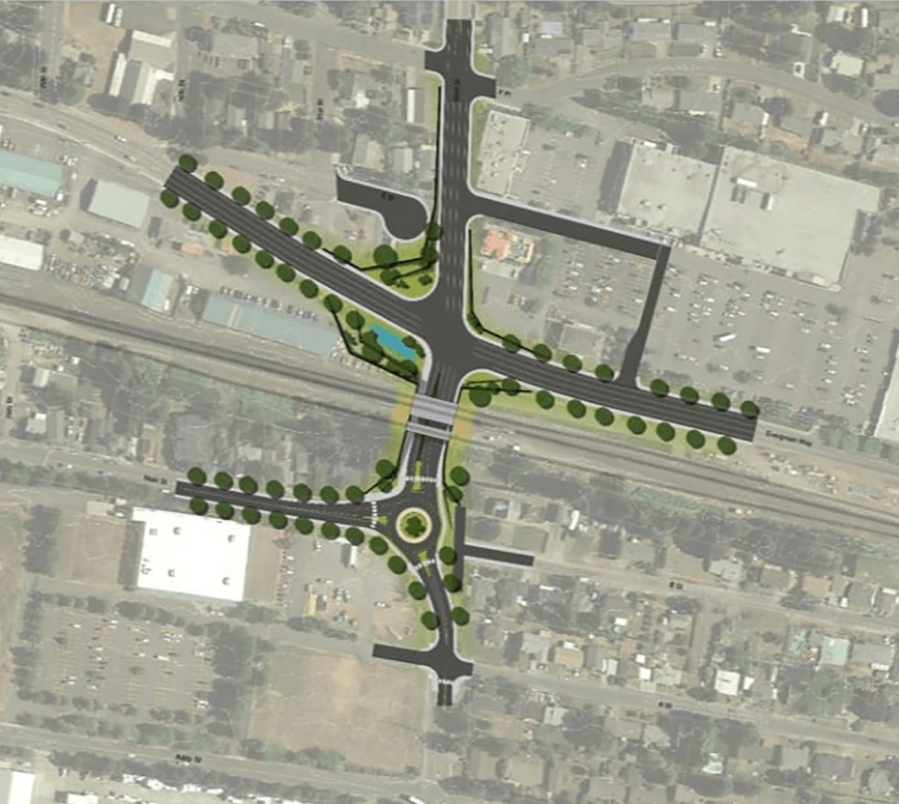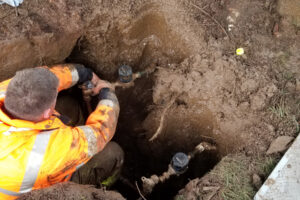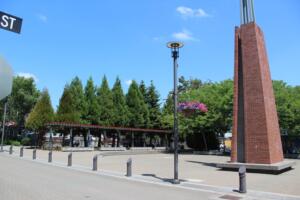The city of Washougal will receive a $40.5 million federal grant to fund the design and construction of its 32nd Street underpass project.
“This is very significant and welcome news for Washougal,” Washougal City Manager David Scott said. “We are all very excited to receive this grant award. Our overall reaction is one of extreme gratitude and excitement. We are very appreciative of the support and leadership of our federal delegation on the issue of rail safety and on our project specifically.”





